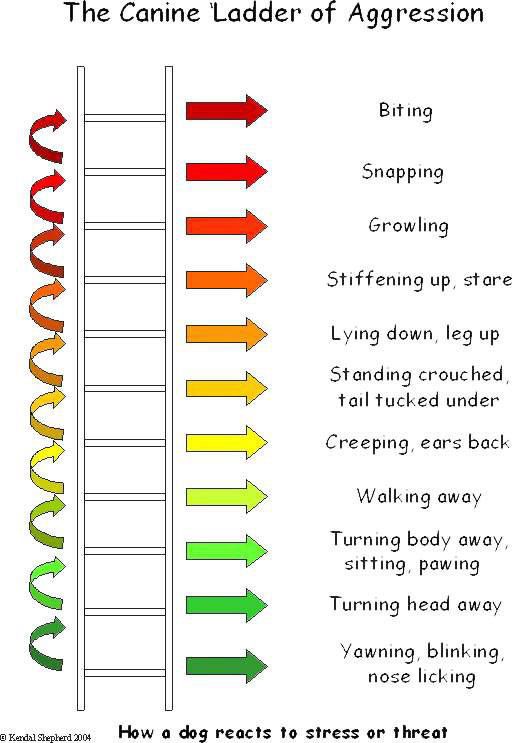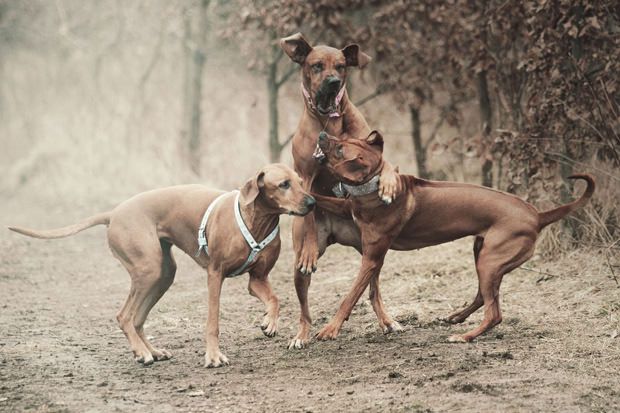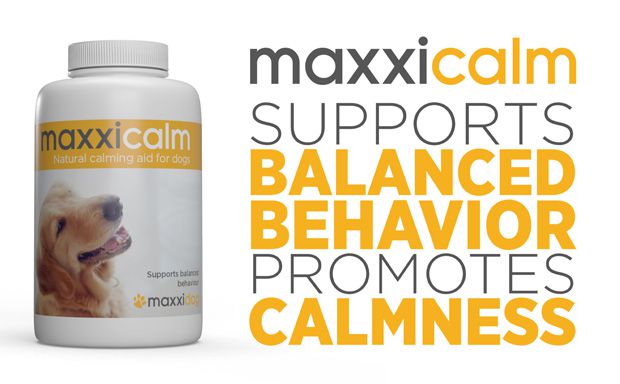The Canine Ladder Of Aggression is very helpful tool when dealing with dog aggression. It shows the gestures your dog may use when he is stressed or feels threatened. The ladder of aggression also highlights common mistakes we dog owners do when dealing with dog aggression, i.e. when we punish our dogs for showing some of those gestures.
Dogs use appeasement and threat averting behavior in everyday life to successfully avoid damaging conflict. At the bottom of the ladder are the "mild" signs dogs show when they are stressed, like yawning, blinking, nose licking, turning the head away, turning the body away, walking away, etc.
As we move up the dog ladder of aggression the signs become more obvious, like creeping, ears back, standing crouched, tail tucked under, etc. Until we reach the top of the ladder where the sign become severe, like stiffening up, staring, growling, snapping and finally biting… the last resource of aggression.
Understanding the meaning of these gestures is the key in dealing with dog aggression. It will allow you to react in time, i.e. before the situation gets out of control.

Dogs tend to avoid confrontation and therefore start with gestures at the bottom of the canine ladder of aggression, i.e. with so called appeasement behavior. If they do not work or are misunderstood, they will move up the ladder. Basically, inappropriate social responses to appeasement behavior will result in its devaluing and the necessity (from the dog's point of view) to move up the ladder.
If we as dog owners punish our dogs for showing some signs of aggression, e.g. walking away or stiffening up, we may be encouraging our dog to skip that step, making the chain of aggression shorter… giving us less warning and less time to interact / deflect the threat.
Not all dogs show all the signs shown on the canine ladder of aggression. And any dog may progress to overt aggression within seconds if the perceived threat appears quickly and at close range. However, the better we understand the signals and the more we encourage our dogs to start at the bottom of the ladder, not the top, the better equipped we are in dealing with dog aggression.
It is also important to remember that dogs show these gestures for a reason, i.e. they are stressed or afraid. The best thing we as dog owners can do is to understand those gestures and try to eliminate what triggers them. For example, if your dog does not like certain dog and walks away from him, don't call your dog back. Your dog has his reasons for walking away.
Also, if we behave in threatening, aggressive, or dominant way towards our dogs, then we are teaching our dog that we humans both use and expect aggressive behavior. So like always in life, we need to set good example.
Understanding why your dog is behaving aggressively is an important step in working with your dog on his issues. Fortunately there are things that can be done about aggressive dog behaviour.

